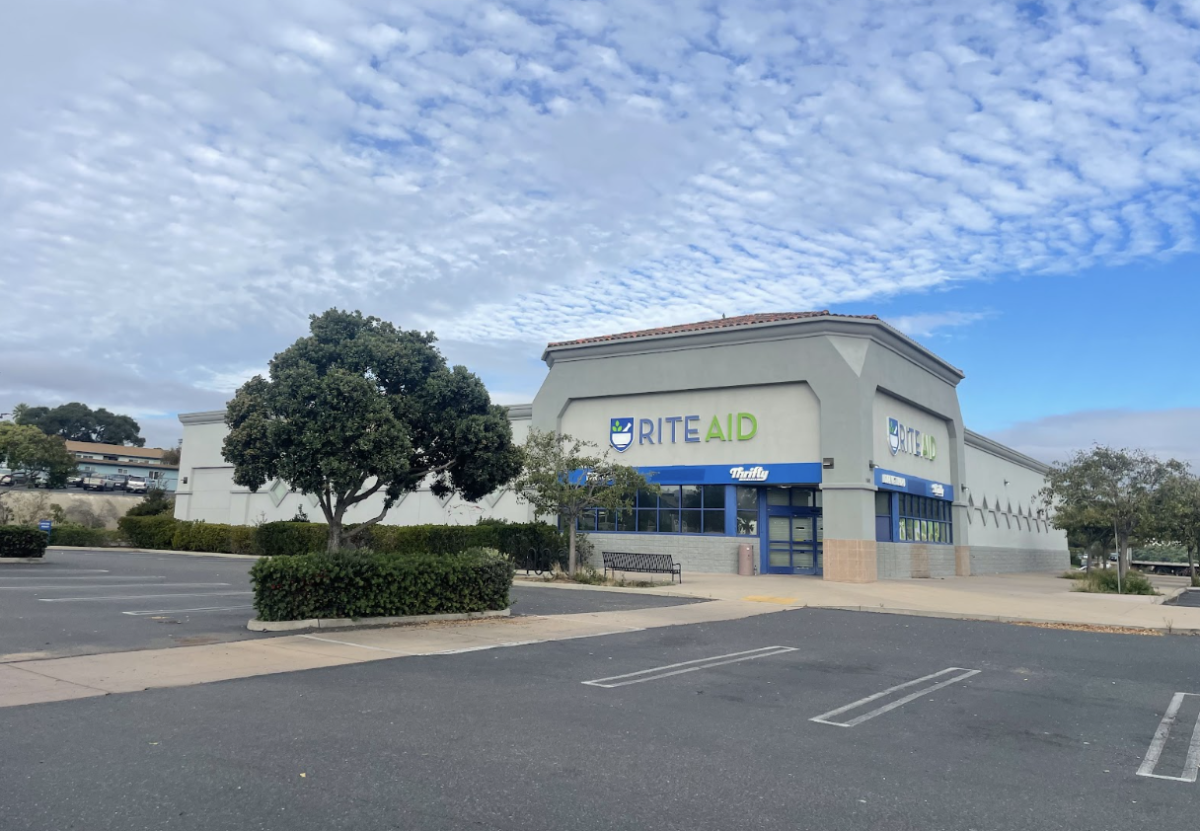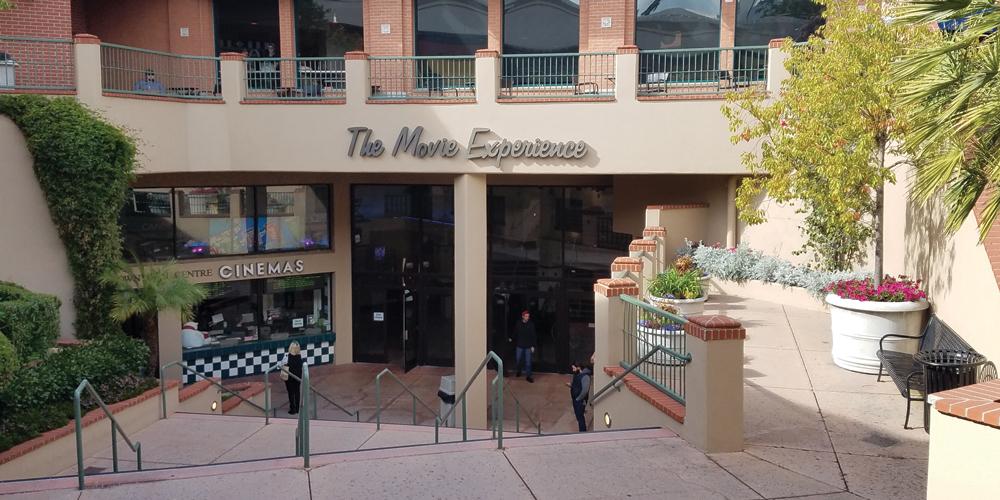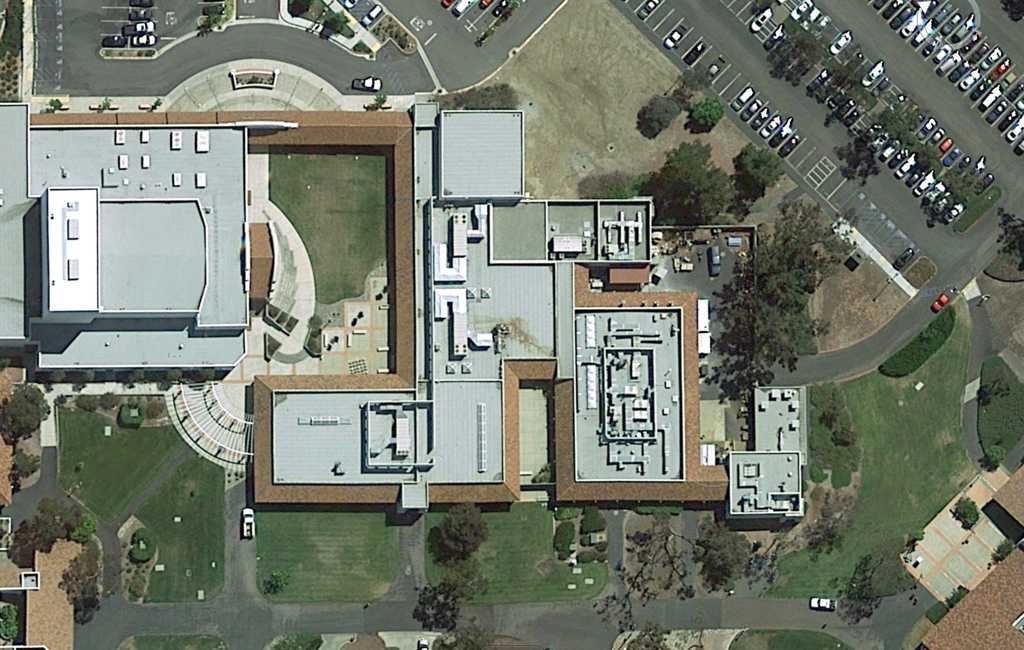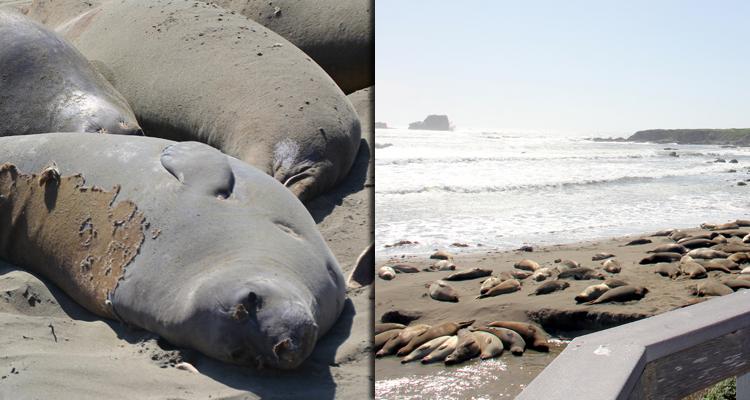The Mars InSight probe lander is scheduled to land on the surface of Mars on Nov. 28 and will conduct a series of samplings.
Artist’s rendering courtesy of NASA/ JPL
By Taylor Saugstad
Managing Editor of Design & Layout
NASA’s next mission to Mars launches from the Central Coast, beginning its six month voyage to the Red Planet.
Never before has the Central Coast launched an interplanetary mission.
NASA and the Jet Propulsion Lab is launching the InSight Mars lander from Vandenberg Air Force Base as early as May 5.
The InSight Mars lander aims to be the first to look deep beneath the Martian surface and study the planet’s interior.
InSight is the ninth mission to land of the surface of Mars by NASA since the 1970s. Previous Mars missions include the 1976 Viking lander missions and the most recent 2013 Curiosity rover mission, according to NASA.
The $813 million dollar mission is the first of its kind being launched from Vandenberg Air Force Base, located west of Lompoc.
“It’s pretty cool that the Central Coast is launching to Mars,” James Eickemeyer, Cuesta astronomy and physics professor.
Vandenberg Air Force Base is located about 35 miles south of San Luis Obispo, making it easy to see rocket and missile launches from anywhere in the county.
Vandenberg launched its first rocket in 1958 and as of 2015, has launched over 1,950 orbital rockets and ballistic missiles, according to Vandenberg’s website.
NASA missions have been launched from Vandenberg in the past, all being Earth satellites. Within the next year, NASA plans to launch a few more satellites from Vandenberg.
All of NASA’s previous interplanetary launches have been from the Kennedy Space Center in Florida, in part because the physics of launching off the East Coast are more ideal for missions to other planets.
Looking south from SLO County, if the sky’s are clear, the rocket launch will be able to be seen.
For those who want a closer look, the city of Lompoc is opening up the Lompoc Airport to the viewing public.
InSight’s May 5 launch will be on top of an Atlas V rocket, propelling it on its 300 million mile journey to Mars. If InSight has no further delays and can survive the Martian atmosphere, it is expected to land on the Red Planet on Nov. 26.
InSight has two major mission objectives:
One of the main mission objectives is to place a seismometer on the surface of Mars to try to get a glimpse of the interior of the planet.
“The seismometer is basically giving a CATSCAN of the interior of Mars,” Eickemeyer said.
Previously missions were only able to map Mars by using gravitational maps and looking at surface features, according to Eickemeyer.
But with InSight’s seismometer, NASA will be able to get an idea of how many meteorite impacts there are and then analyze the waves from those impacts as they travel through the Martian interior.
Also, the seismometer is there to detect if there are any “Marsquakes” and detect any other seismic activity below the surface.
“Picking up seismic waves as they move through Mars, creates a mathematical model of the interior,” said Eickemeyer said. “This is exactly how we know about the inside of the Earth, through the use of seismic waves.”
Once NASA creates Mars’ mathematical model of the interior, it will be compared with what is known about the Earth’s interior, giving scientists more insight in how rocky-planets are formed.
One of the other mission objectives is to drive a heat flow sensor about 15 feet into the Martian surface. In doing so, NASA will be able to get an idea of the temperature changes caused by seasonal variations, and maybe even geothermal activity.
“If there is geothermal activity, that means that there could be enough extra heat for water to stay liquid,” Eickemeyer said. “And if there’s liquid water and geothermal activity, there could even be life.”
Also, if water was found, it would help manned missions to Mars. The liquid water could be hydrolyzed, breaking-it-down into oxygen, creating breathable air, or hydrogen, which is a good fuel. It could even create drinkable water or could be used to grow plants and food.
“Other missions have been done looking for flowing water, but InSight is taking it to the next level,” Eickemeyer said.





















